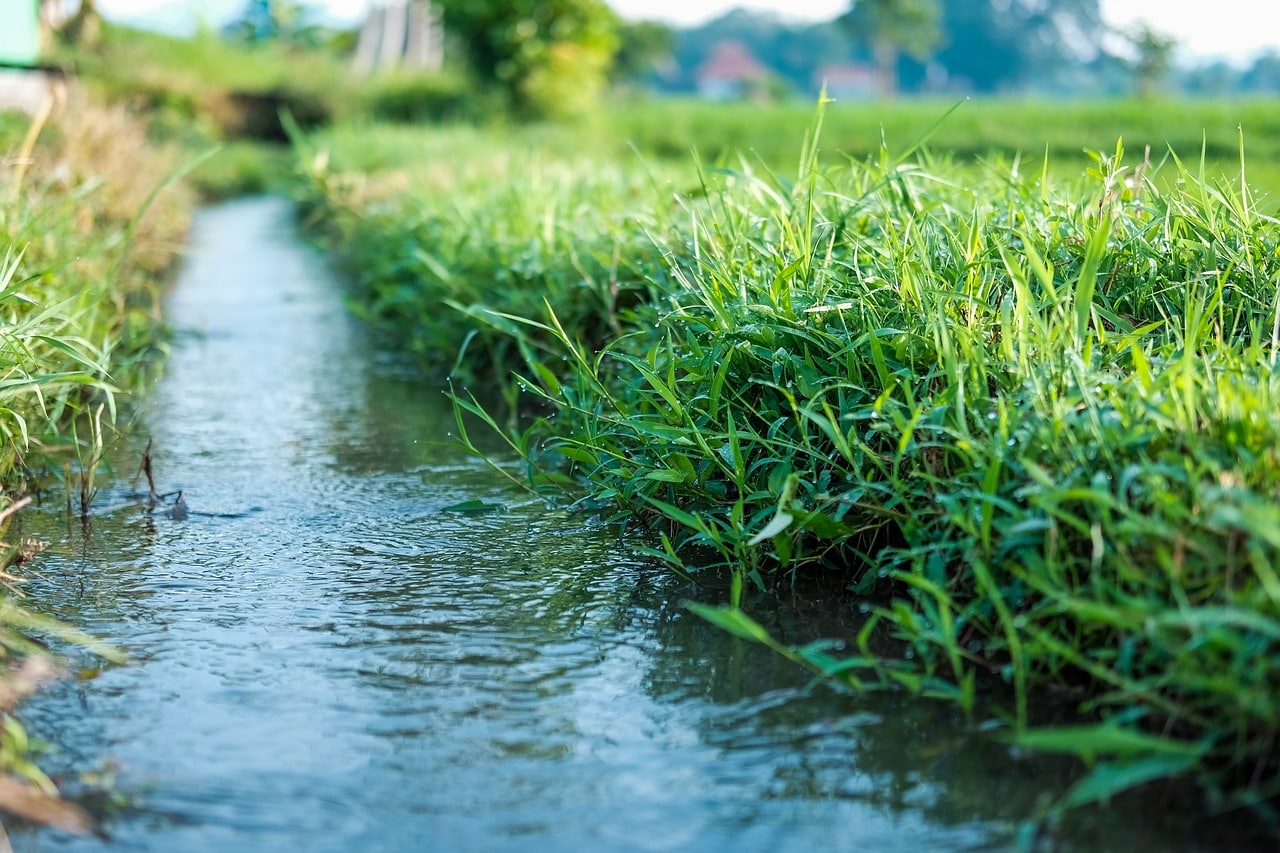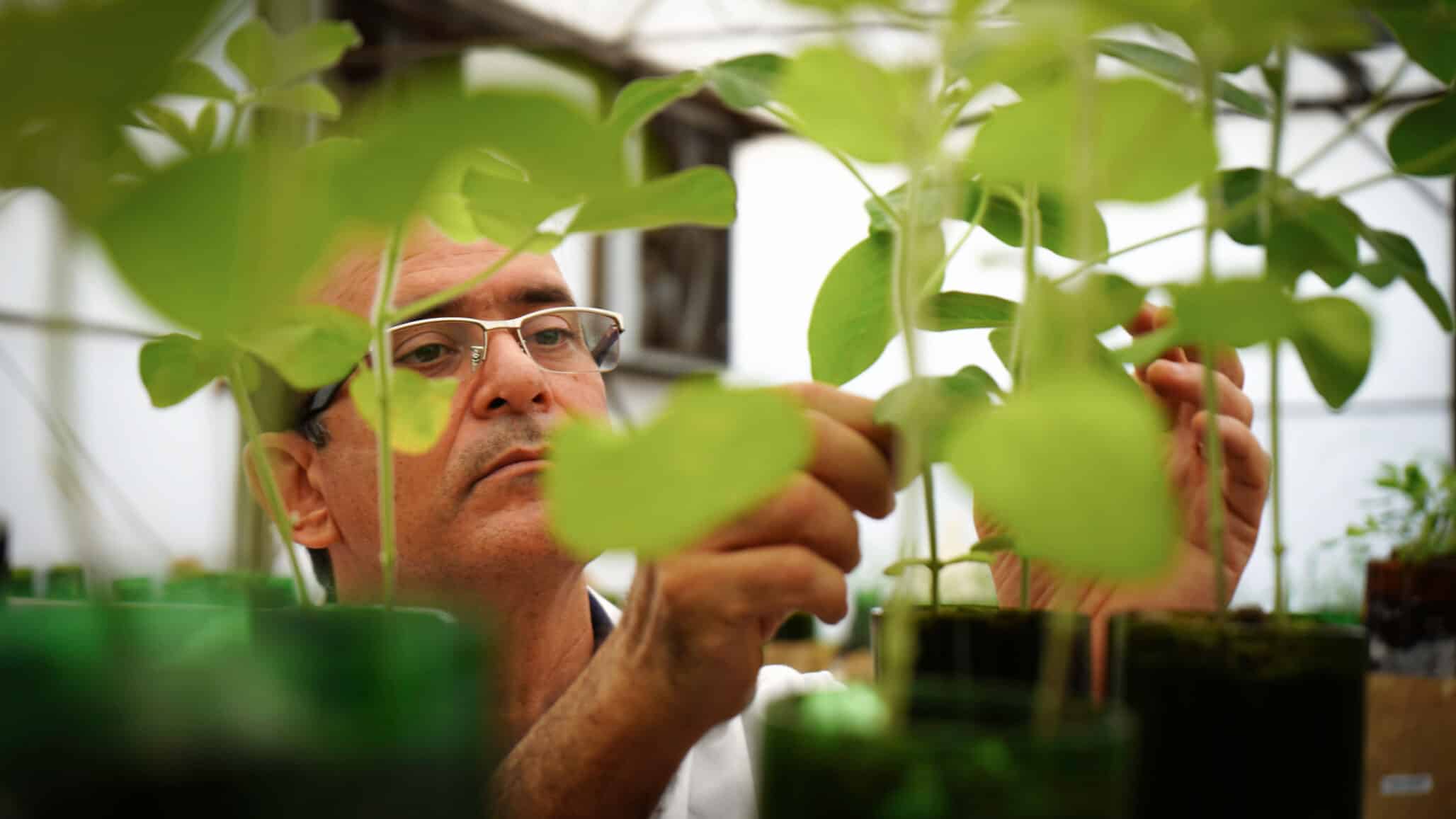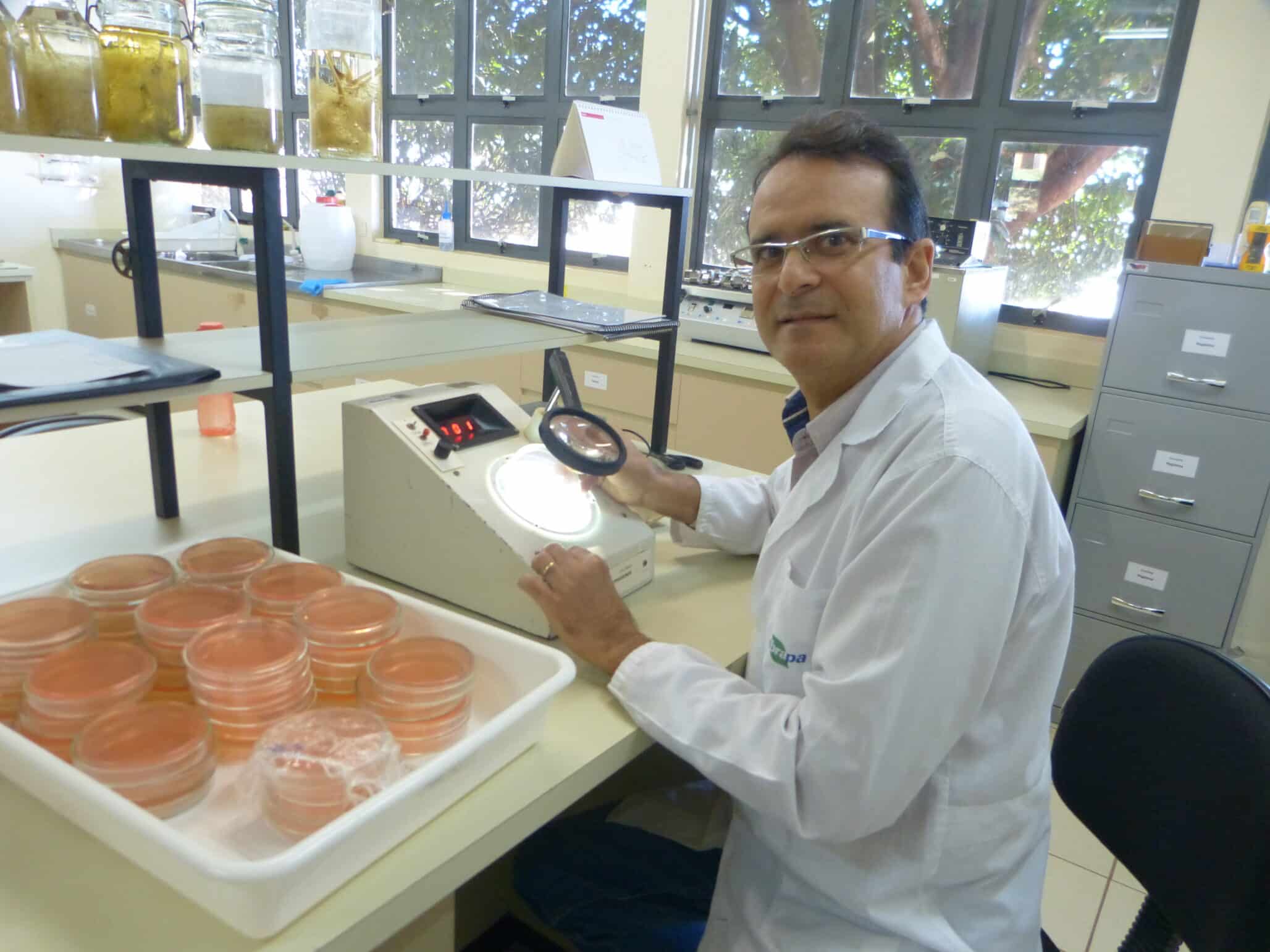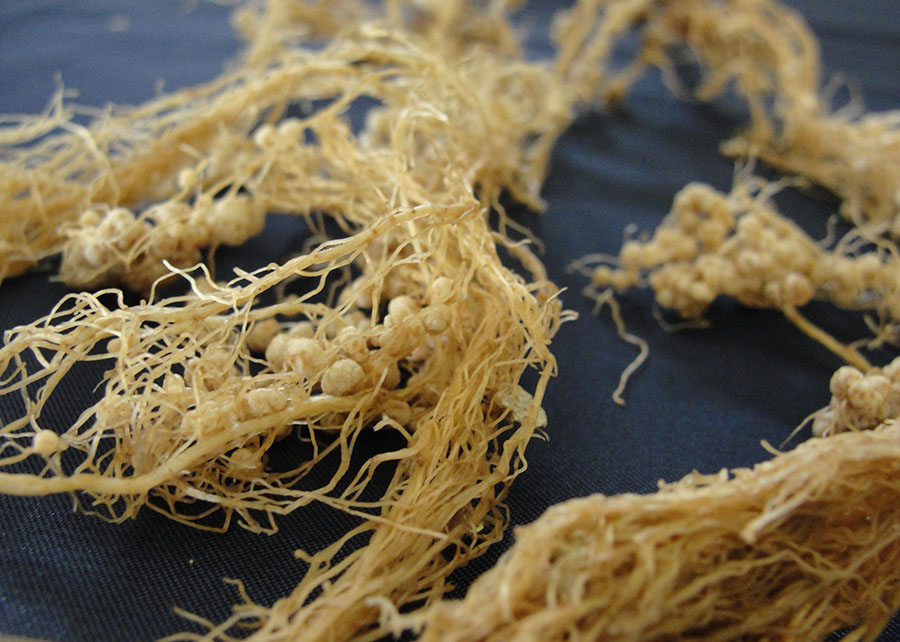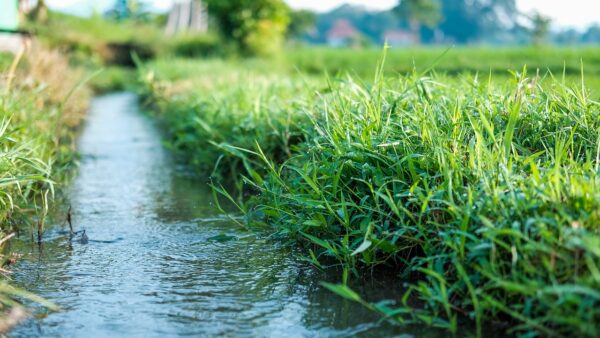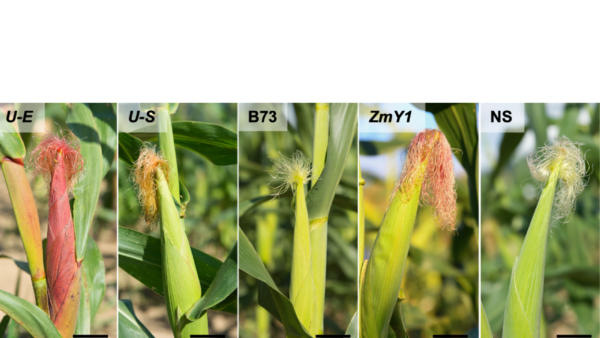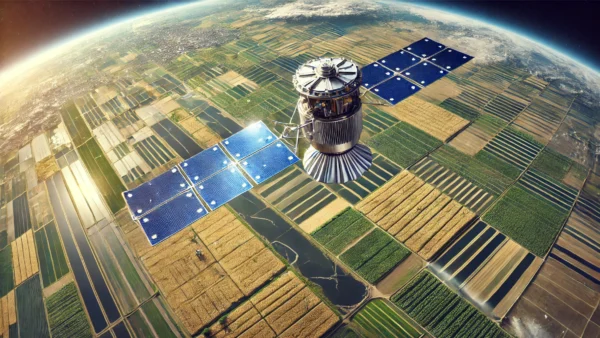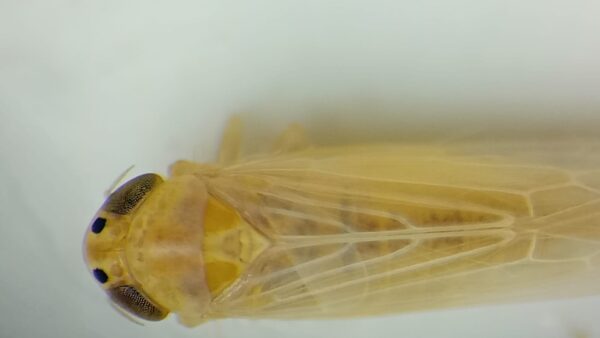Investing in root genetic improvement was highlighted as a key R&D solution by Brazil’s Working Group on Soil and Water Conservation and Management to promote sustainable use of these vital resources.
The group, formed by 11 experts from various departments, presented their findings on February 13, emphasizing the importance of genetic solutions to enhance root density, depth, and longevity in grass species used with economically valuable plants, according to a press release.
“Roots stabilize biological activity and soil structure, ensuring healthy energy and nutrient flows,” explains Embrapa Trigo researcher José Denardin, who led the group. Deeper roots create continuous pores in the soil, facilitating heat, water, air, and nutrient flow to crops.
This process, central to the Direct Planting System, improves agricultural productivity by increasing water infiltration, reducing flood and erosion risks during heavy rains, and enhancing water availability to plants in drought conditions.
“The selection of service plants, with emphasis on summer grasses that have roots with these characteristics, aims to associate or combine them with the cultivation of grain-producing species and fibers of economic interest,” said Denardin.
According to the director of Research and Development, Clenio Pillon, there are other very relevant R&D lines regarding soil and water conservation management, such as the development of socioeconomic studies that allow the establishment of low-cost indicators to monitor the use of good agricultural practices. “Embrapa has a lot of expertise in the area of satellite sensing and monitoring to ensure that these indicators can be monitored remotely, facilitating the work of financing agents, traceability companies and insurers. These indicators, sealed by the research, can represent new opportunities to monetize what we do with new audiences,” said the director.
These indicators enable the establishment of premiums and incentives for producers adopting sustainable agricultural practices, such as no-till farming and integrated crop-livestock-forest systems. Moreover, by reducing risks associated with extreme events and increasing the likelihood of better harvests, it becomes reasonable to offer lower insurance premiums, along with other benefits.
“The important thing to keep in mind is that today we work with diverse audiences in a new model of multifunctional agriculture, which embarks on new opportunities for Embrapa to continue showing its public value to society. Therefore, we have to think of solutions that contemplate climate resilience, sovereignty, sustainability, healthiness, traceability and unique health, among other challenges, adds Pillon.
Investing in technology transfer is crucial to ensure that sustainable technologies developed by agricultural research institutions, including Embrapa and others, reach the productive sector more efficiently. As noted by the members of the GT and director Pillon, efforts must extend beyond traditional activities like field days and demonstration units. “The transfer of technology in the contemporary context encompasses the use of digital platforms: integration of different areas of knowledge, adoption of collaborative practices, open innovation, and connectivity. In summary, continuous investment in research and development is necessary, focusing on new technologies and more integrated sustainable practices to ensure the conservation and sustainable use of soil and water in Brazil,” emphasizes the R&D director.
Legal and Agronomic Perspectives
The WG provided a historical overview of conservationist management in Brazil starting from the 1960s. The study highlights that it was in the late 1970s when the concept of conservationism was truly integrated into agricultural practices. This approach focused on managing natural resources to meet the present needs of humanity without compromising those resources for future generations, while also fostering economic growth, environmental sustainability, and social welfare.
The release notes that from a legal standpoint, it is important to consider the incentives, obligations, and prohibitions established by law. In contrast, the agronomic context focuses on the evolutionary aspects of research and development. The WG’s studies revealed that technological innovations in soil and water conservation have primarily focused on areas cultivated with annual crops, while also adapting to perennial species.
From an agronomic perspective, the creation of Embrapa in the 1970s significantly accelerated research in soil and water conservation, positioning Brazil as a global leader in conservation agriculture. This achievement was bolstered by substantial contributions from private sector S&T institutions, as highlighted by Pillon.


